Uses Of Peb Structure In Residential Spaces

Effective Uses Of Peb Structure In Residential Spaces
Innovative methods and materials have revolutionised the design and construction of buildings, causing a major shift in the construction sector in recent years. Pre-engineered buildings (PEBs) are one strategy that has become very popular. PEBs are transforming the way we plan, construct, and use structures for a variety of functions, including manufacturing plants, commercial and residential buildings, sports complexes, and industrial warehouses. Building construction used to take a long time and involve a large number of workers. Prefabrication and modular construction have led to the production of many building components in factories. Because this approach saves time and is frequently less expensive, it has led to the rise of PEB structures in residential spaces.
Pre-engineered buildings, often known as PEBs, are structures that are constructed on-site and then delivered to the construction site to be put together as a whole. Pre-engineered buildings have pre-designed and pre-engineered steel beams, columns, roofs, and wall panels, among other components. While the outside walls and roofs of pre-engineered buildings are usually covered with steel sheeting or insulated sandwich panels, the framework is frequently composed of steel. The structural elements are shipped to the building site for assembly after being manufactured in a factory. The framework is constructed prior to the commencement of manufacturing, and every detail is prepared in a comprehensive blueprint.
Rise Of PEB Structures for Residential Spaces
PEBs have long been common in industrial settings, but their application in residential buildings is also growing. The prefab sector is stepping up to satisfy the growing need for inexpensive housing as cities expand. Prefabricated buildings are the perfect answer to the lack of available housing in cities because they can be built swiftly and affordably. In order to solve the issues of urbanisation, modular construction is also being utilised for mixed-use developments and multi-story residential structures. The following are the advantages of PEB structures, which helped pave the path for the rise of PEB structures in residential spaces.
Efficient And Quick Construction
Compared to conventional methods, PEB construction is substantially faster. The various building components for a house are already pre-engineered offsite. The only thing left to do during the actual construction step is to put these properly measured components together. Additionally, there is very little opportunity for mistakes or delays in the process because every component is made to exact specifications.
Cost Efficiency
The cost-effectiveness of pre-engineered buildings is one of the main reasons for the rise of PEB structures in residential spaces. PEBs save labour hours and material waste, which lowers building costs overall. Steel building construction is also quite standardised, which lowers costs even further. Both government and commercial developers find the shortened building period very attractive because it expedites project completion and the return on investment.
Durability
Steel is a robust and long-lasting building material that is resilient to the whims of weather. Steel buildings are able to withstand severe weather conditions like heat waves, rainstorms, earthquakes, and more. By adding galvalume, the steel becomes resistant to rust, and the structure's lifespan is guaranteed.
Easy To Customise
PEB structures can be made to match the available land and the particular requirements of a project. You can modify the functionality of your prefabricated construction by selecting from a variety of metal building components.
Sustainability
Sustainability is becoming more and more important in the prefab sector. A lot of prefabricated structures are made to be ecologically and energy-efficient. This entails utilising renewable energy sources like solar panels, cutting waste during building, and utilising sustainable materials. In the prefab sector, green construction certifications such as LEED are also growing in popularity.
Resilience
More attention is being paid to creating prefabricated commercial buildings that can withstand natural catastrophes as their frequency and severity rise. More structures in the future will have characteristics that improve their resistance to earthquakes, floods, fires, and strong winds. For example, pre-engineered commercial buildings are built with robust frameworks and reinforced connections to better withstand severe weather and seismic impacts. These structures will be safe and operational both during and after disasters owing to innovations like fireproof panels, water-resistant materials, and aerodynamic designs.
Versatile
Prefabricated structures are highly versatile and have a wide range of applications. Whether it's a massive factory or a little garden shed, there is a pre-engineered solution for every construction. Traditional buildings are being replaced with prefabricated ones due to their many benefits.
Future Modifications
PEBs permit future residential upgrades or expansions. The property can be expanded or additional floors added if needed in the future. The main reason this is possible is because the components that are created are modular. Additionally, any intended change can be made swiftly and with minimal disturbance.
Technology Advancement
A major factor in the prefab industry's expansion is technology. Prefabrication and modular construction are becoming more accurate and efficient owing to developments in automated manufacturing processes, 3D printing, and building information modelling (BIM). These technologies expedite the building process, lower costs, and enhance quality.
Low Maintenance
The longevity and inexpensive maintenance of PEB constructions are two of their key advantages. Because steel doesn't rust, warp, or creek, it may be utilised in constructions that require less maintenance than timber ones, which need a lot of care. Another issue to be concerned about is that steel does not encourage the growth of termites, rodents, fungi, or mildew. PEB buildings also make it easier to identify areas that require maintenance and when. Consequently, these structures have an extremely extended lifespan.
You may also like to read: Types of Pre-engineered Buildings Used in Different Industries
Conclusion
The pre-engineered building market is expected to increase significantly on a global scale. According to reports, the PEB business is experiencing a significant upswing driven by increased demand in industries like factories, warehouses, commercial buildings, and residential complexes. The demand for effective housing solutions will rise as metropolitan areas grow. This demand can be met by prefabrication and modular construction, which offer speedy and affordable building solutions. The prefab industry's speed and efficiency can be a huge help to cities that are struggling with housing scarcity. Furthermore, modular construction's adaptability makes it simpler to modify buildings for a variety of settings and purposes, including commercial and residential complexes. Pressmach, one of the top and fastest-growing PEB manufacturers will be the ideal choice for you if you're seeking any PEB manufacturer. Pressmach is known for being one of the top suppliers of PEB building structures; they produce strong and effective designs that are suited to a variety of commercial, industrial, and residential requirements. Because of their unwavering dedication to excellence, they have become a well-known brand in the PEB sector, providing long-lasting, reasonably priced solutions. Pressmach provides you with reasonably priced pre-engineered structures that are incredibly durable. They have been transporting and assembling structures all throughout India as one of the top pre-engineered building businesses.
Your Requirements
Related
Blogs


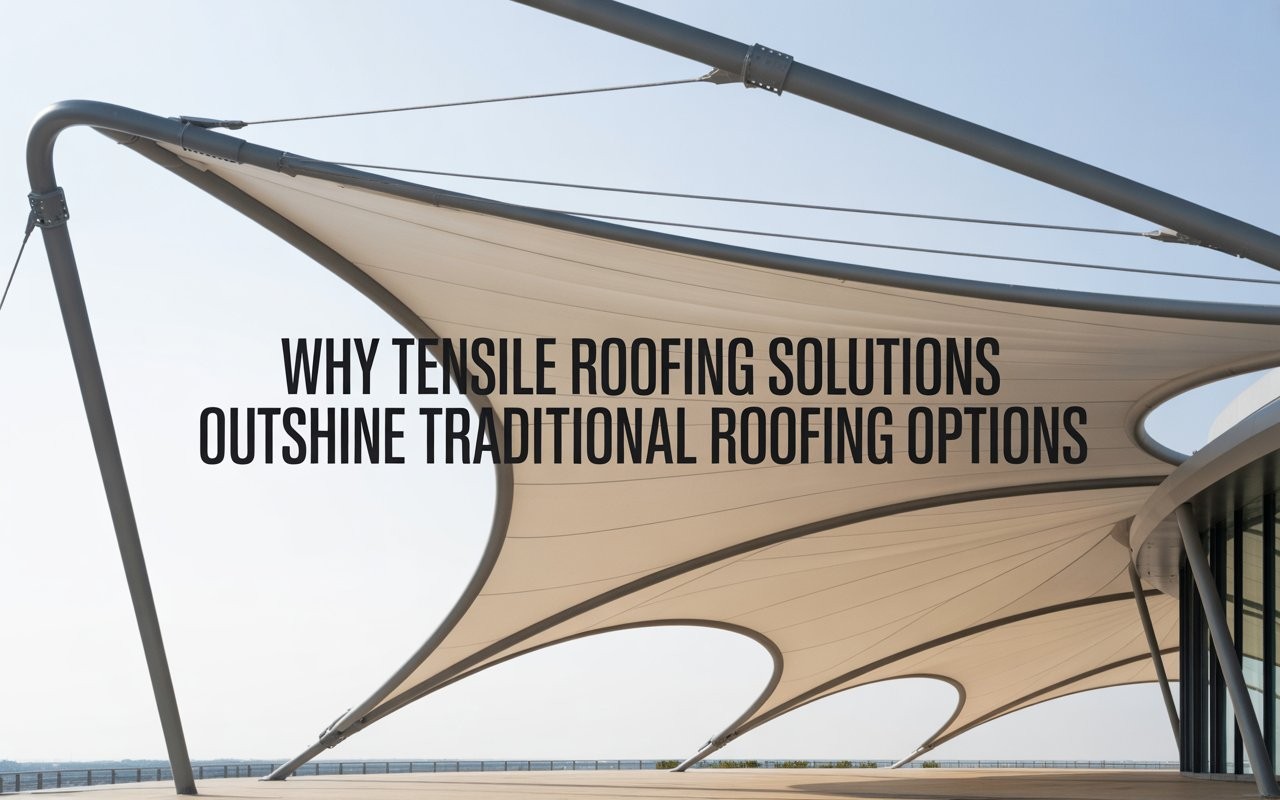
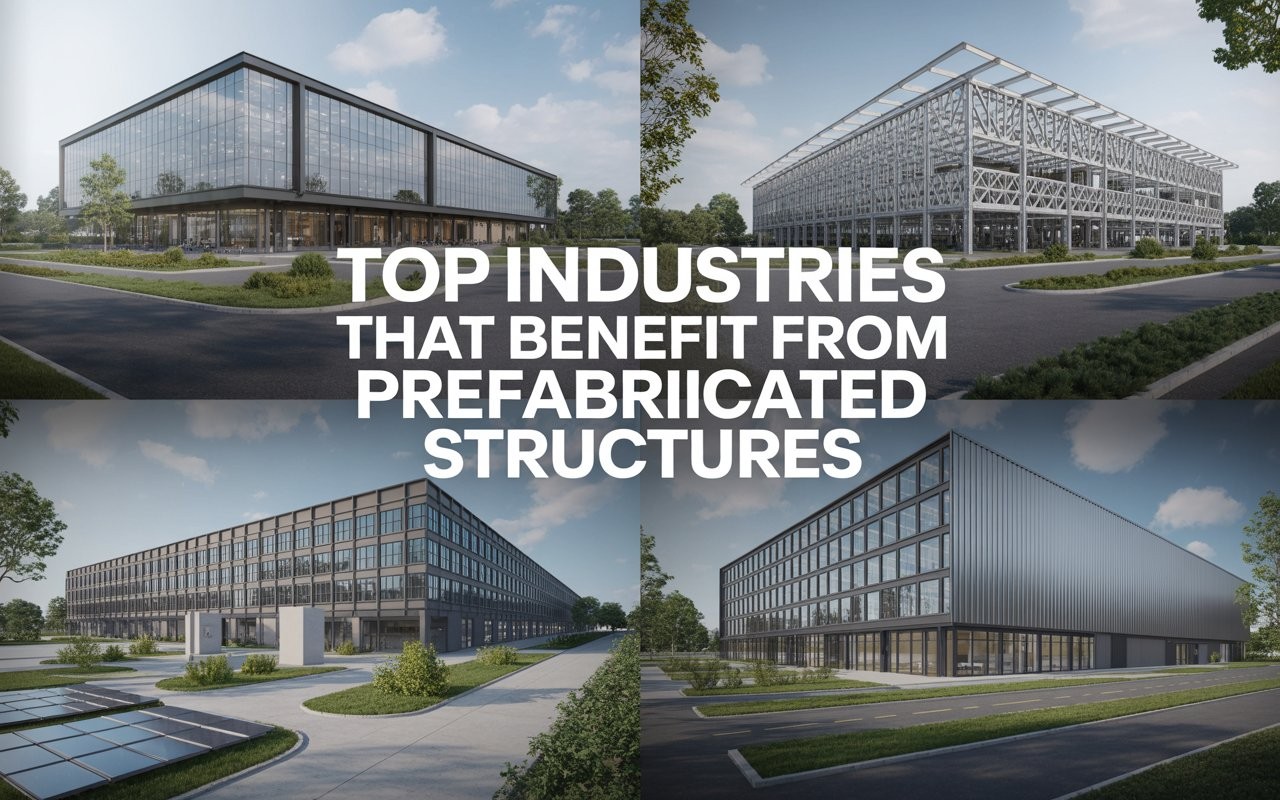
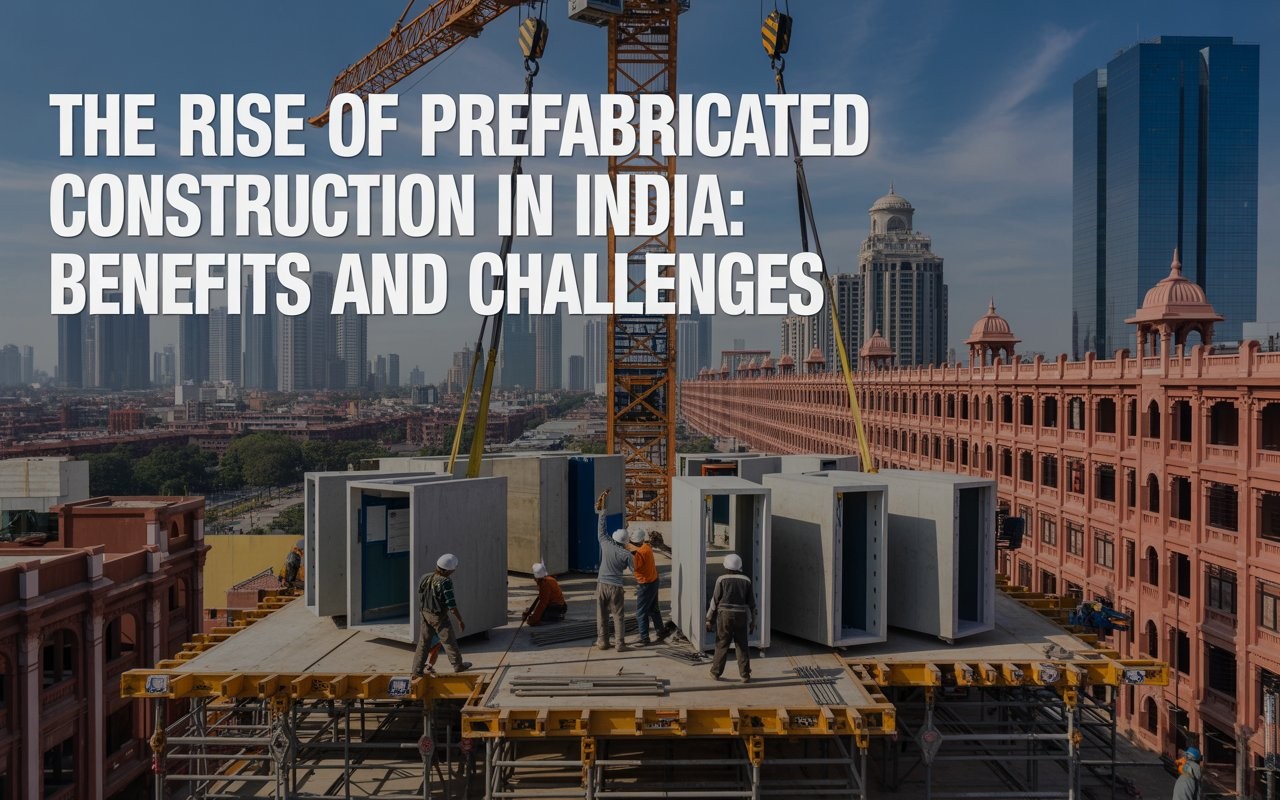
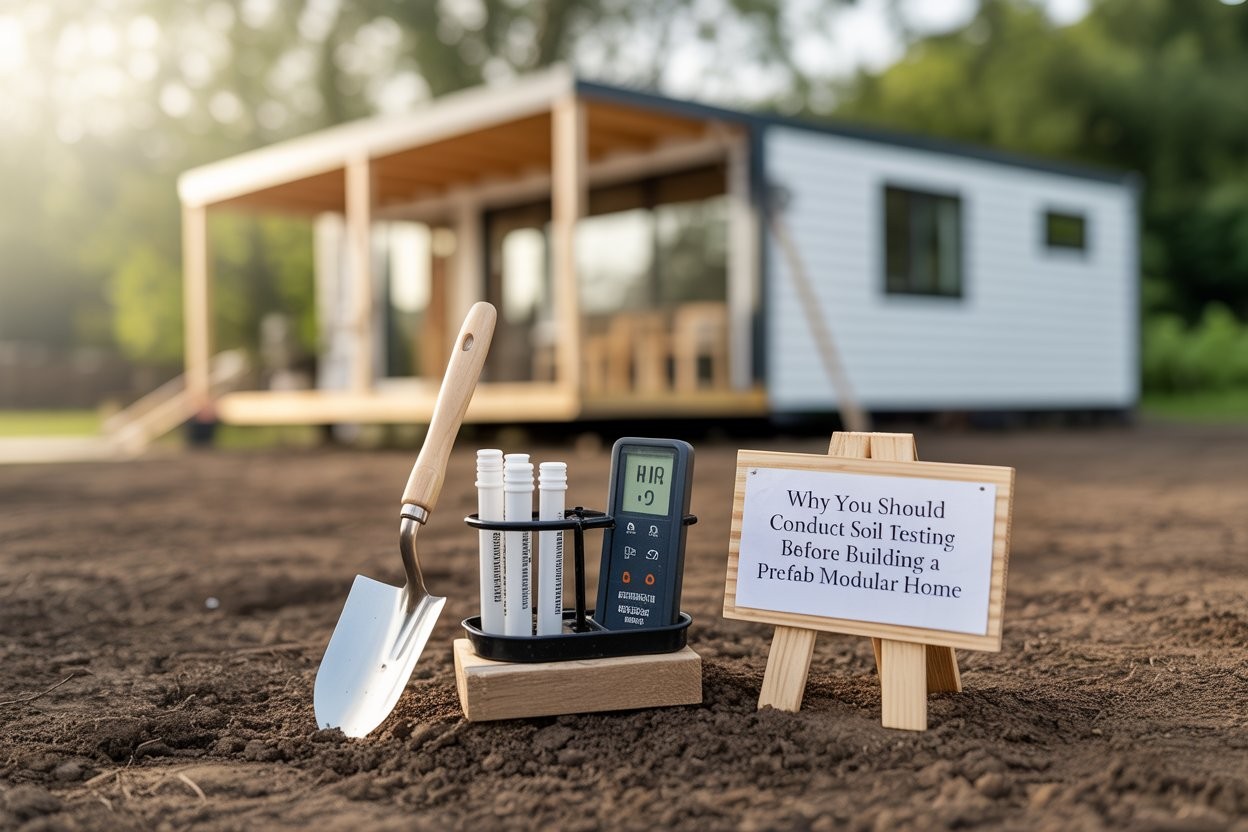
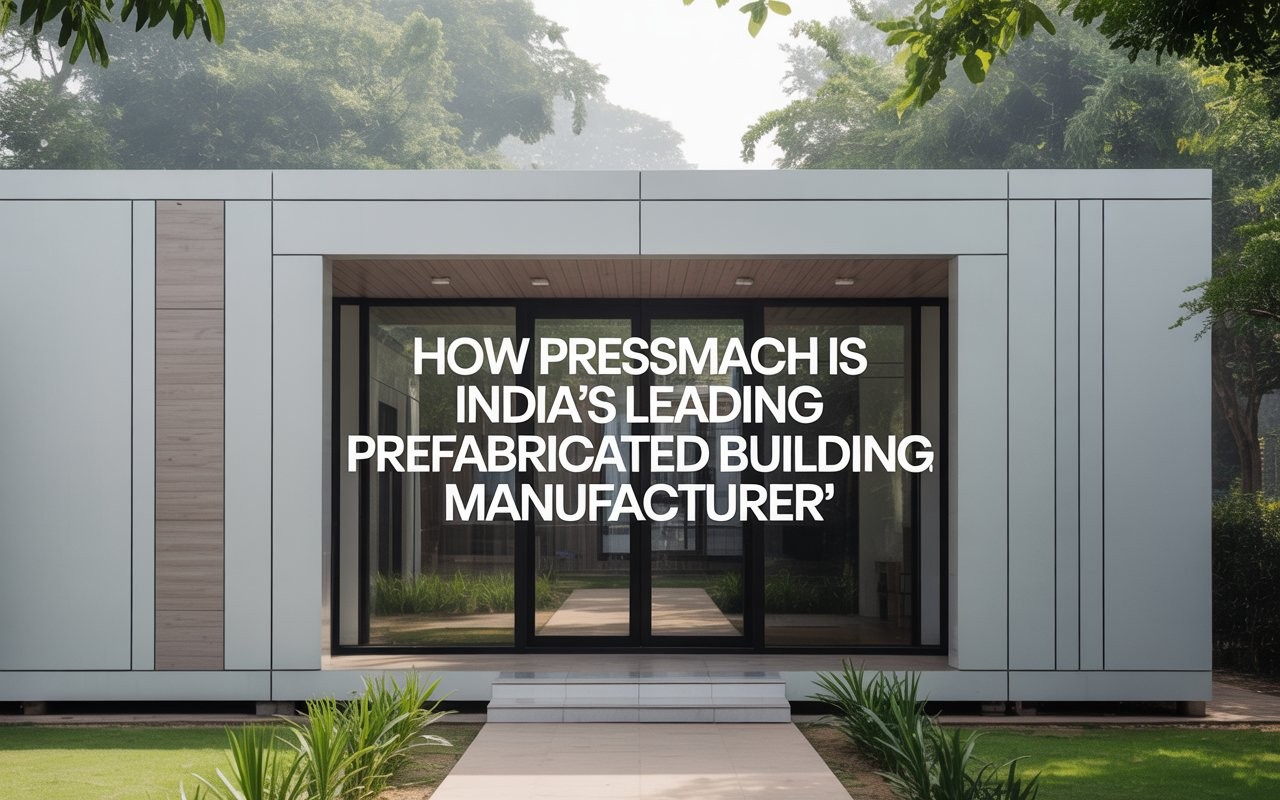
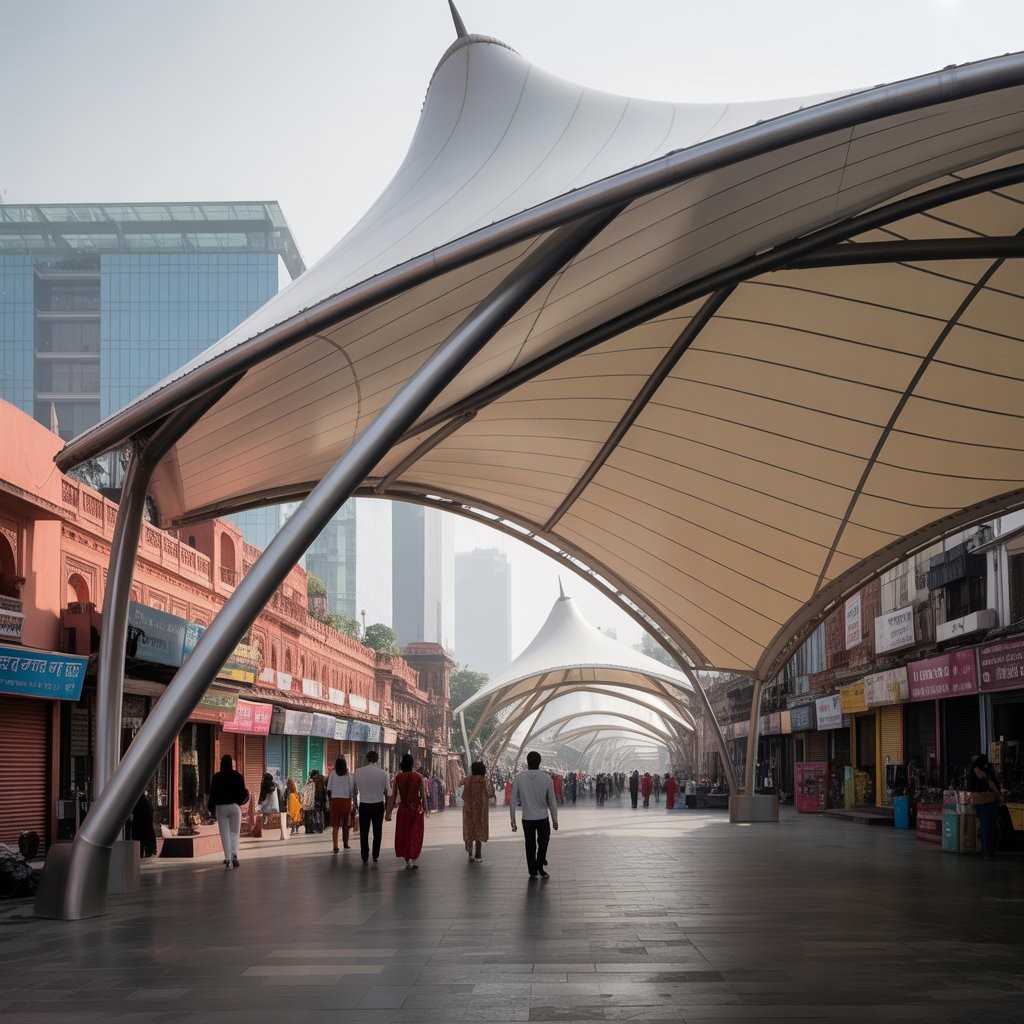
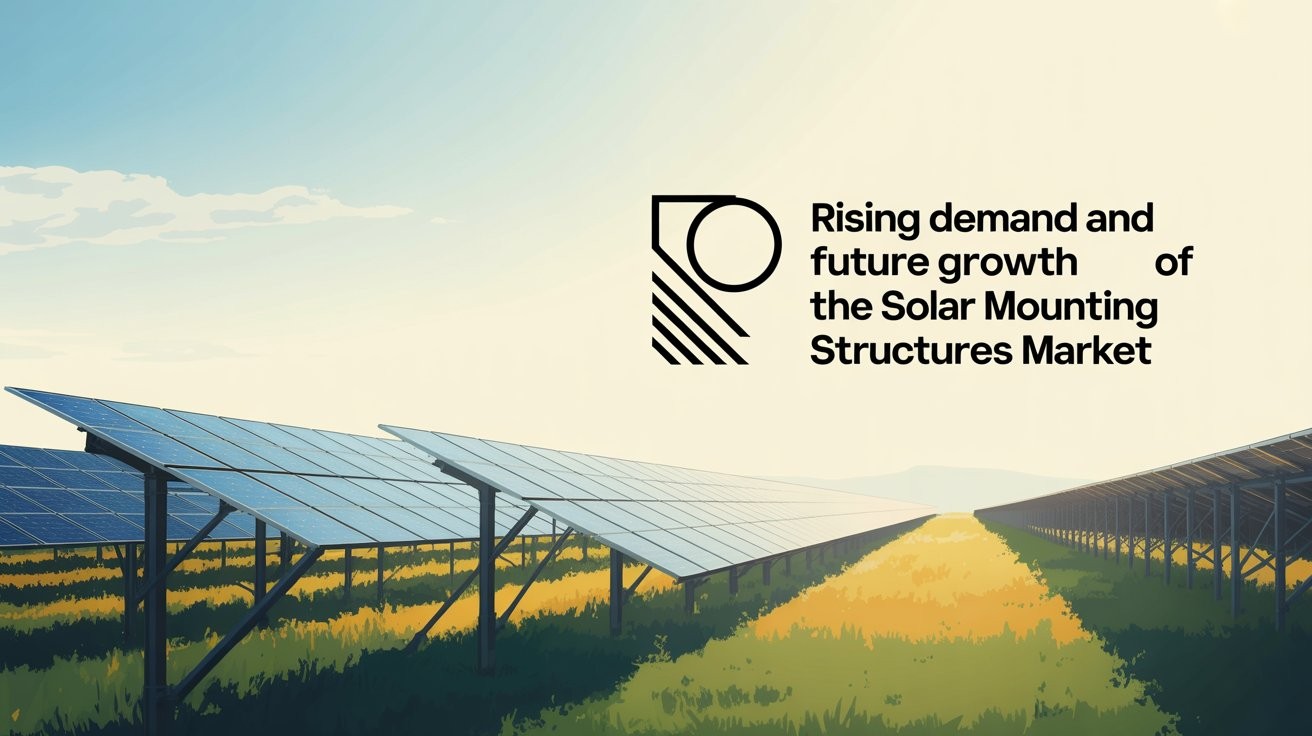
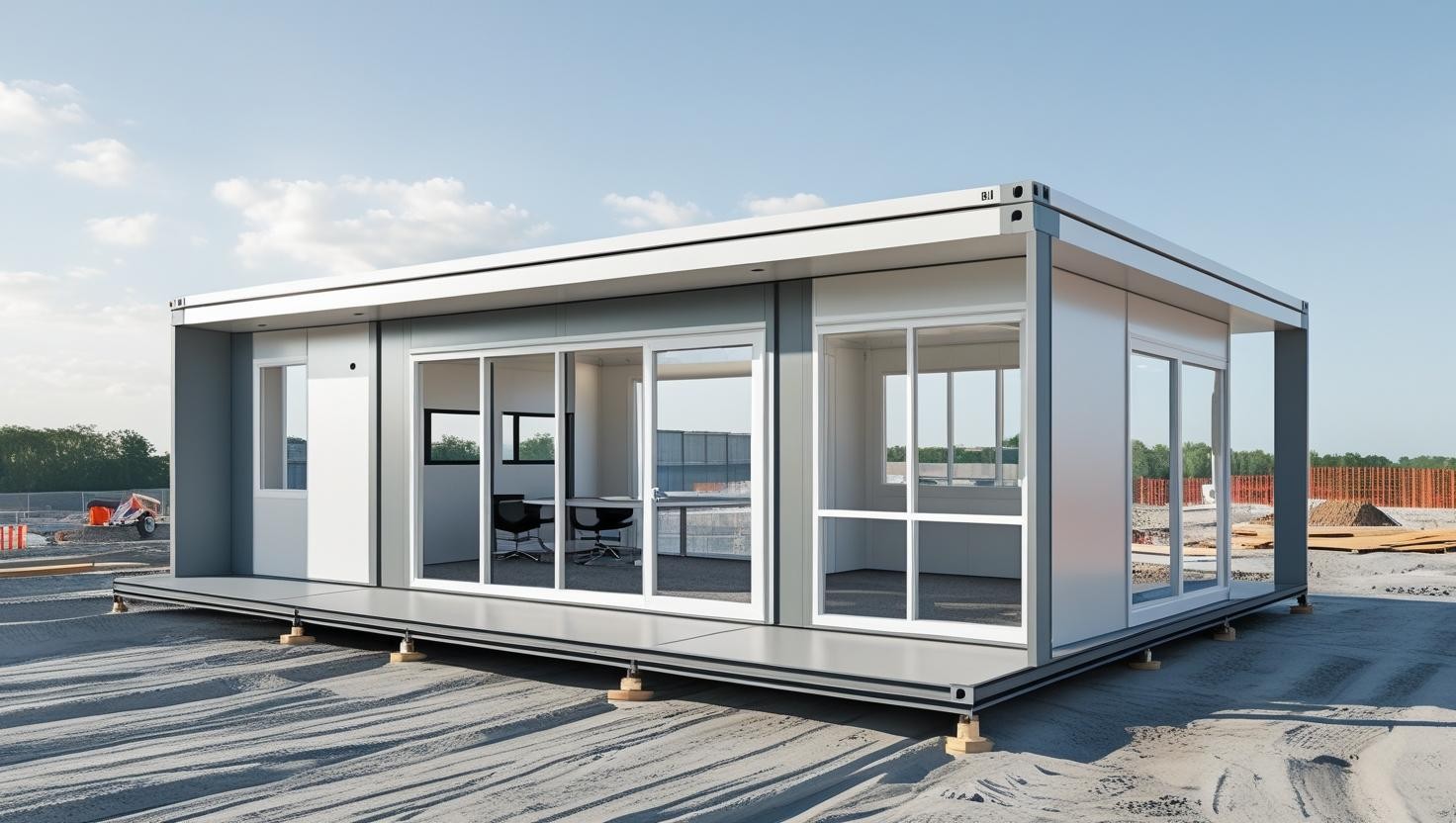
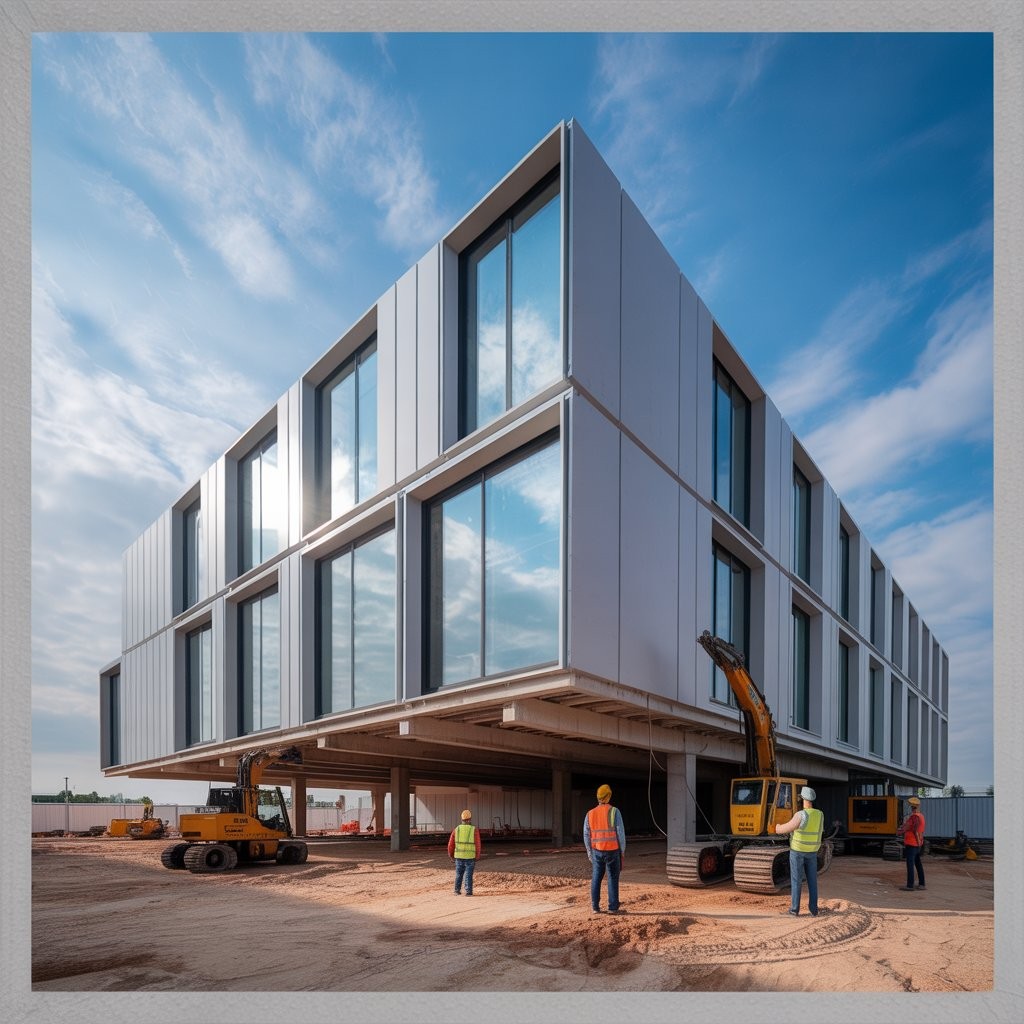










6790c3d8f29a2.jpeg)
























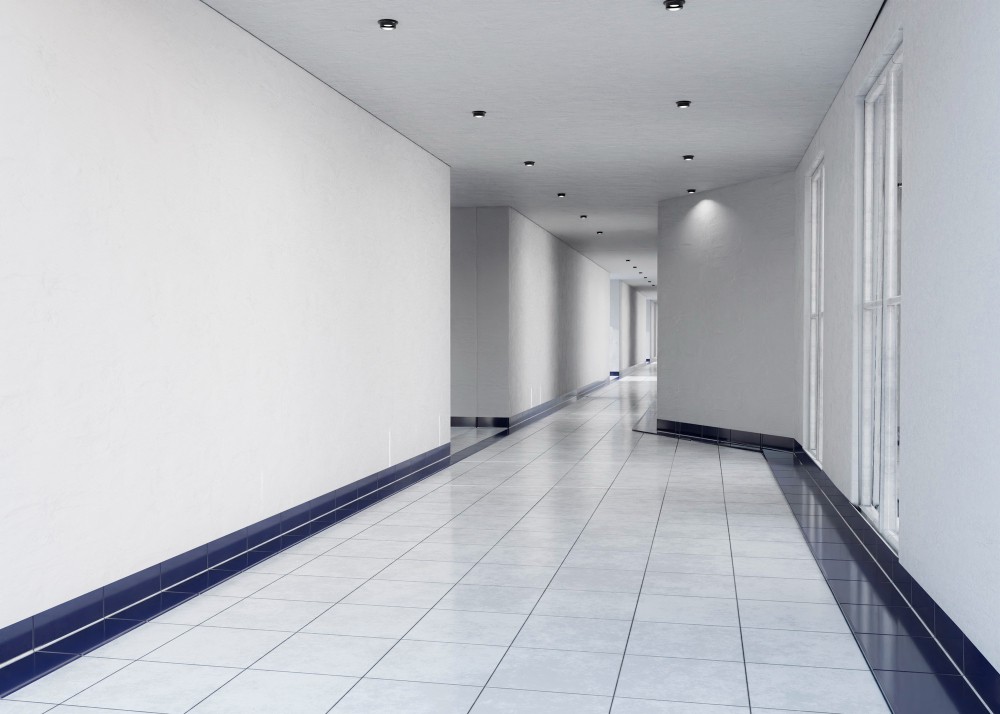
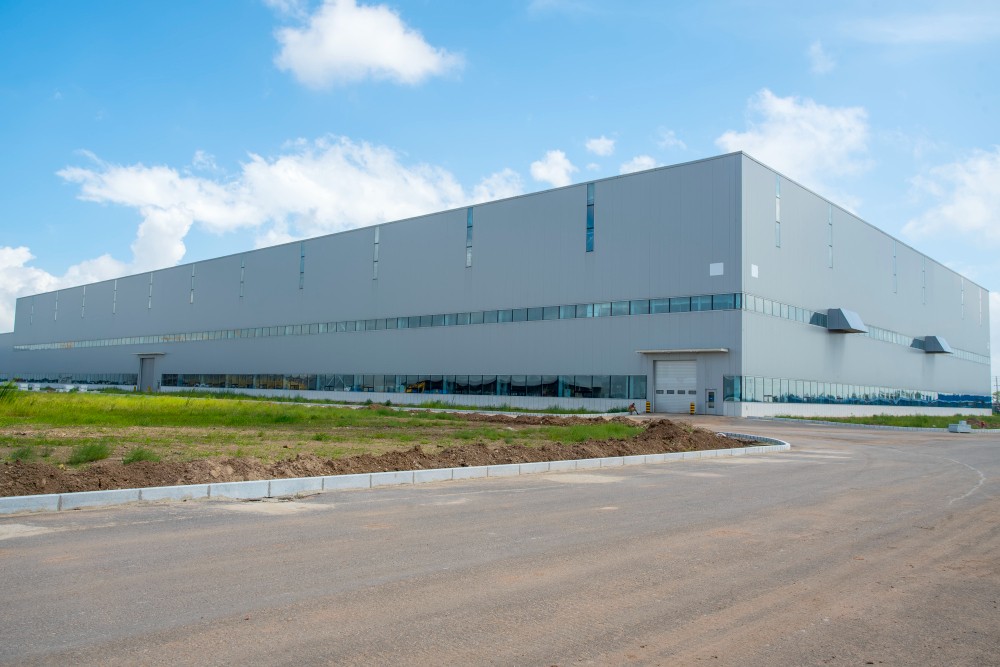

65cf4d38697f9.webp)

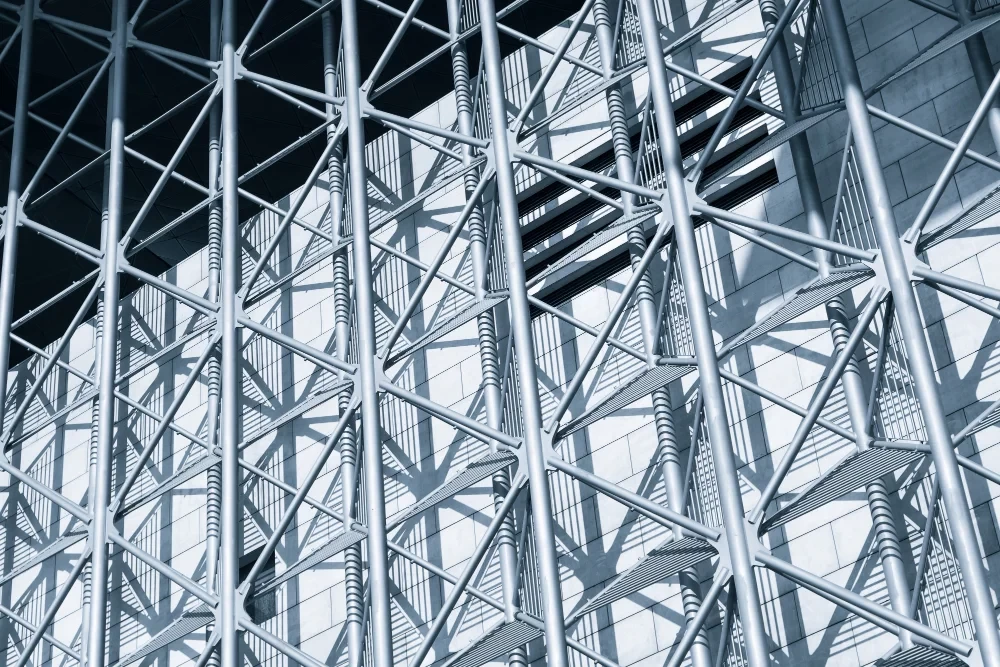
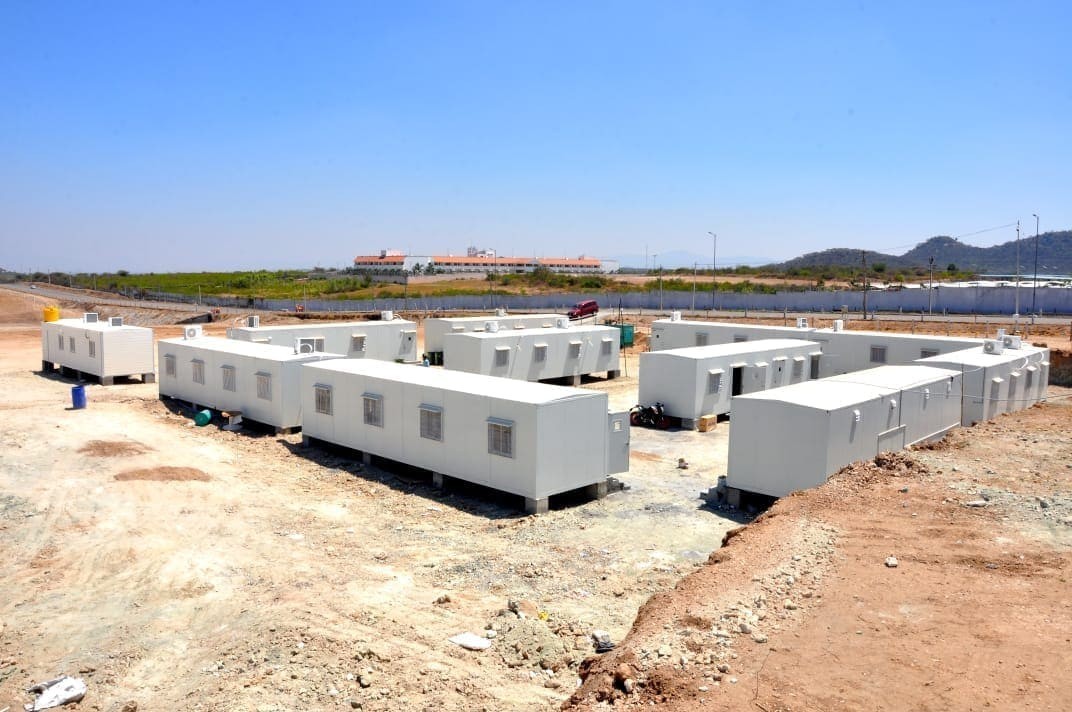
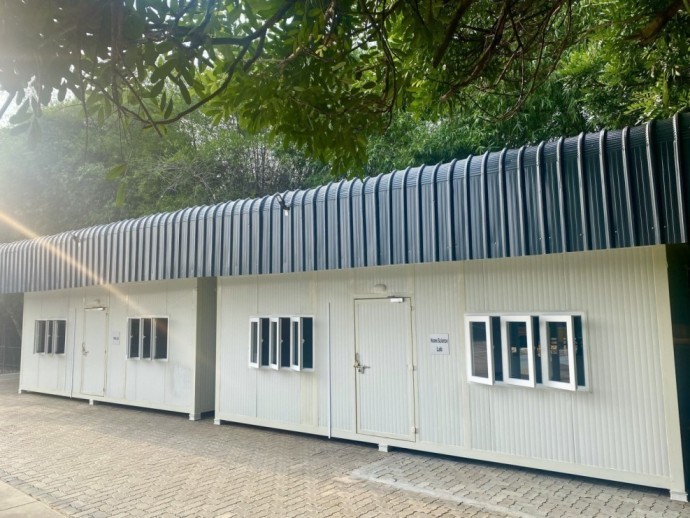

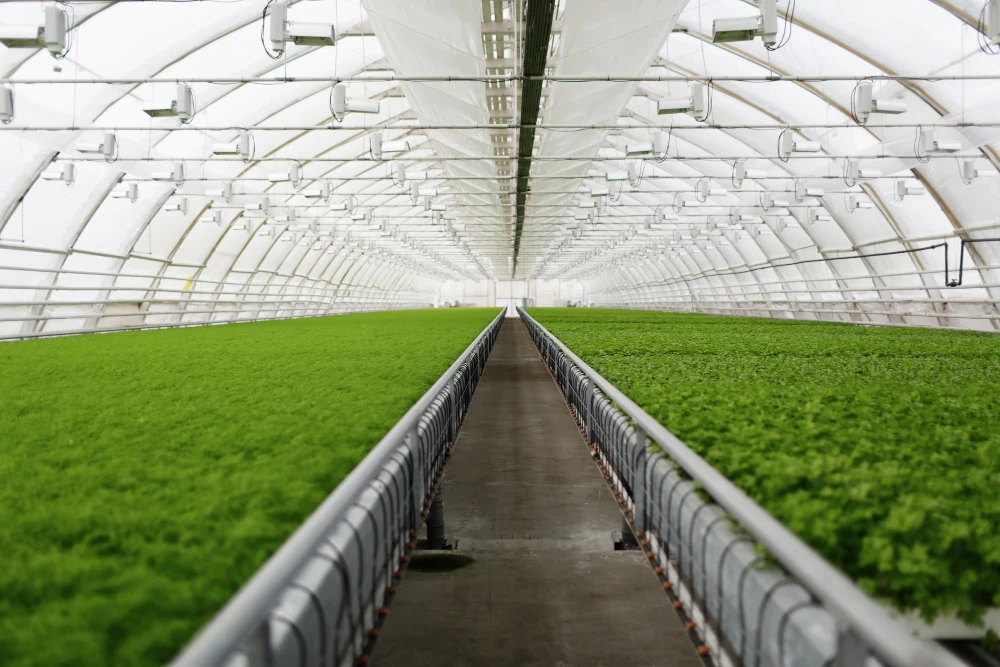
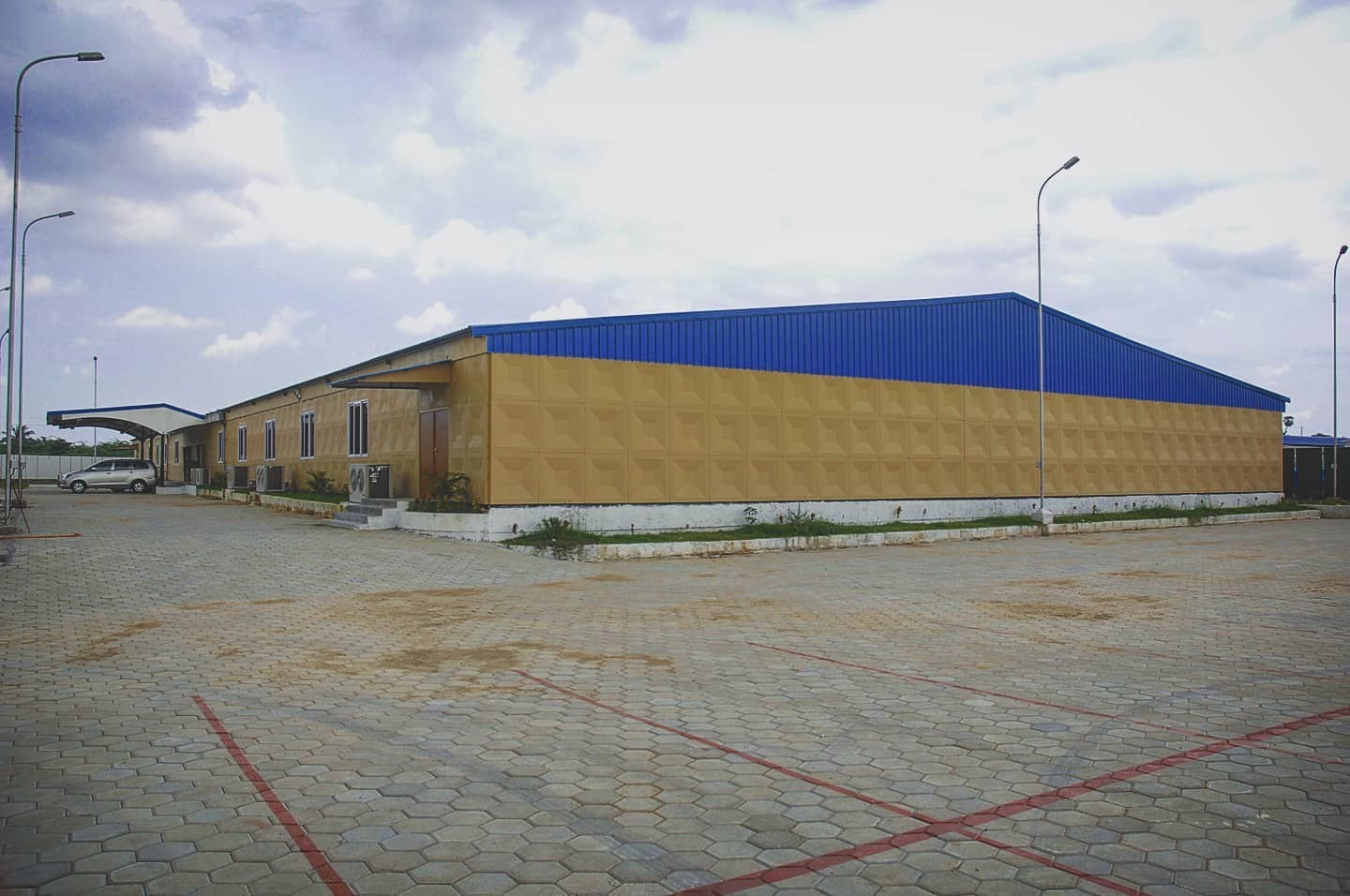
65cf65f046eed.webp)
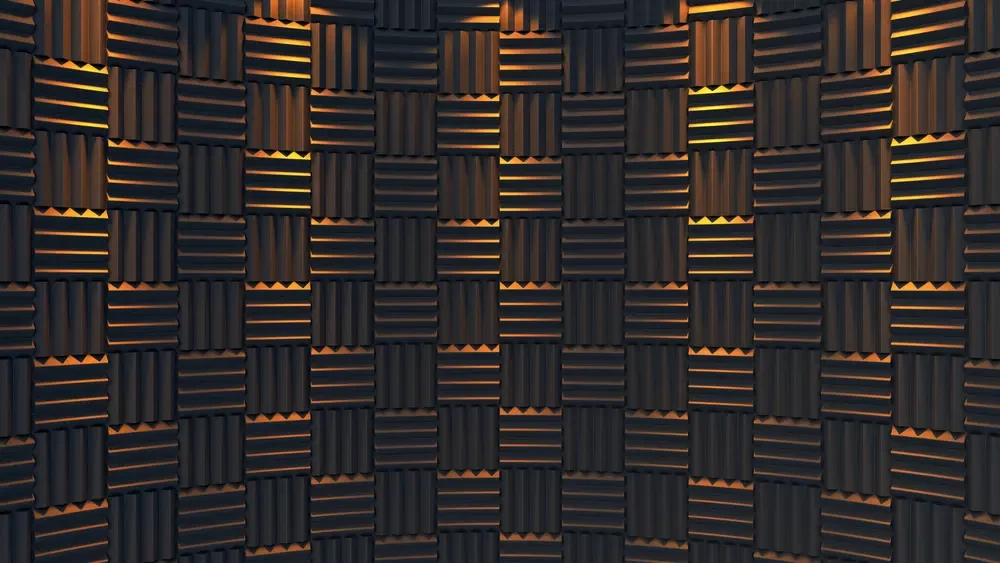
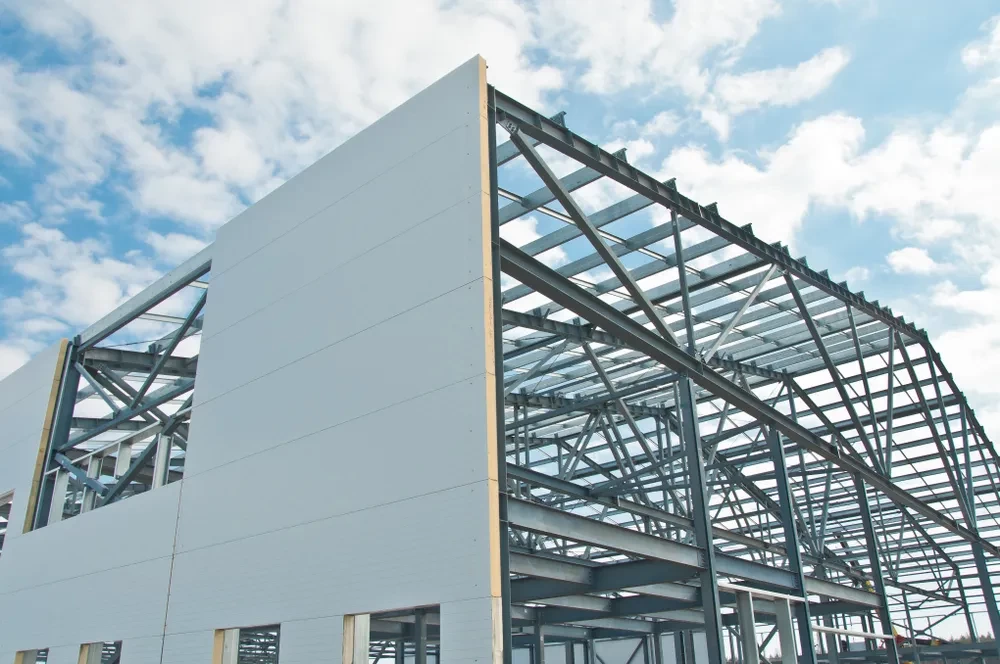
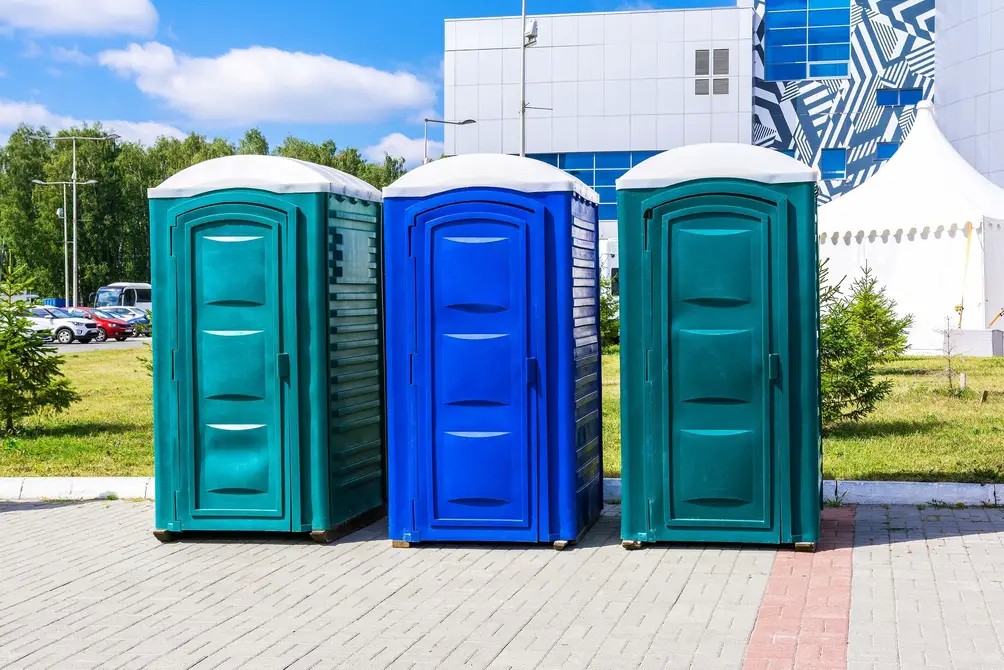
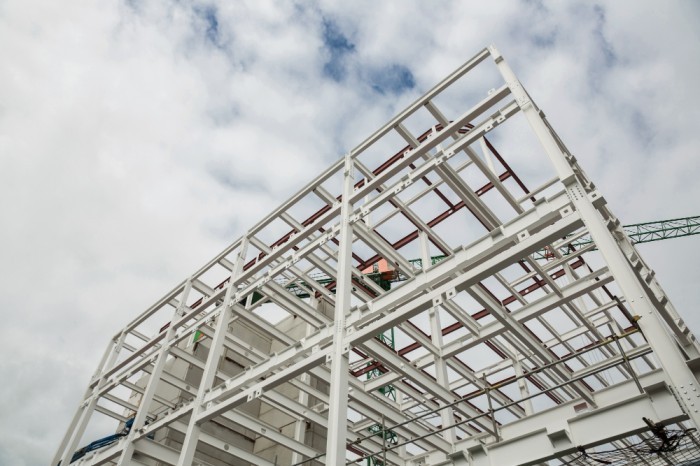
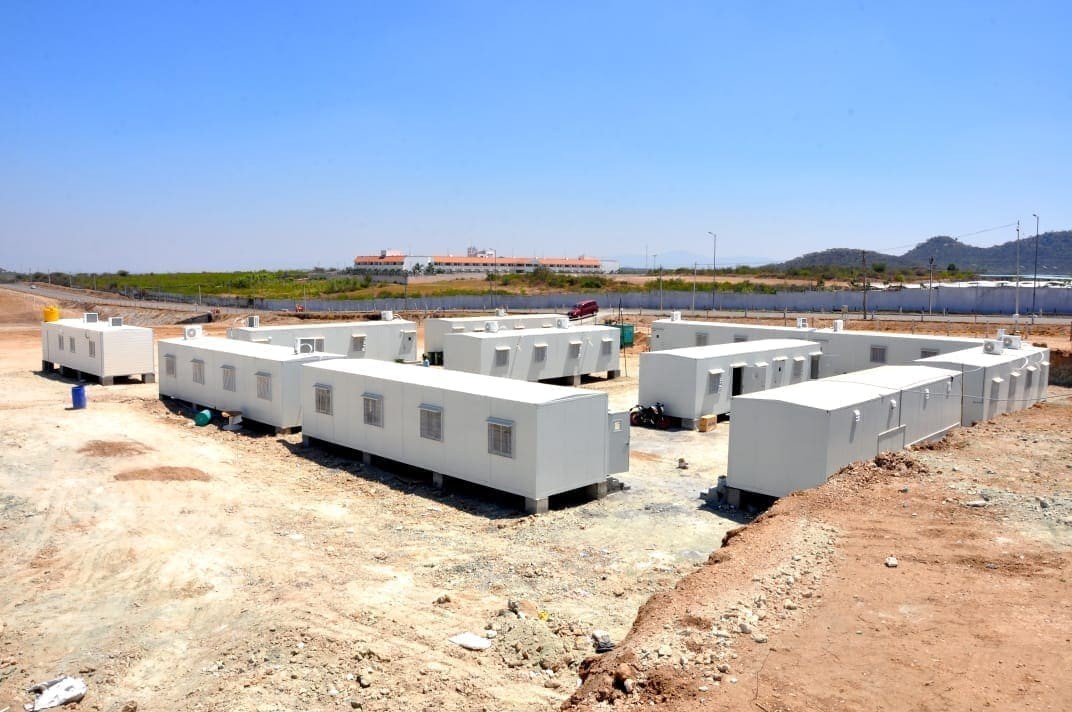
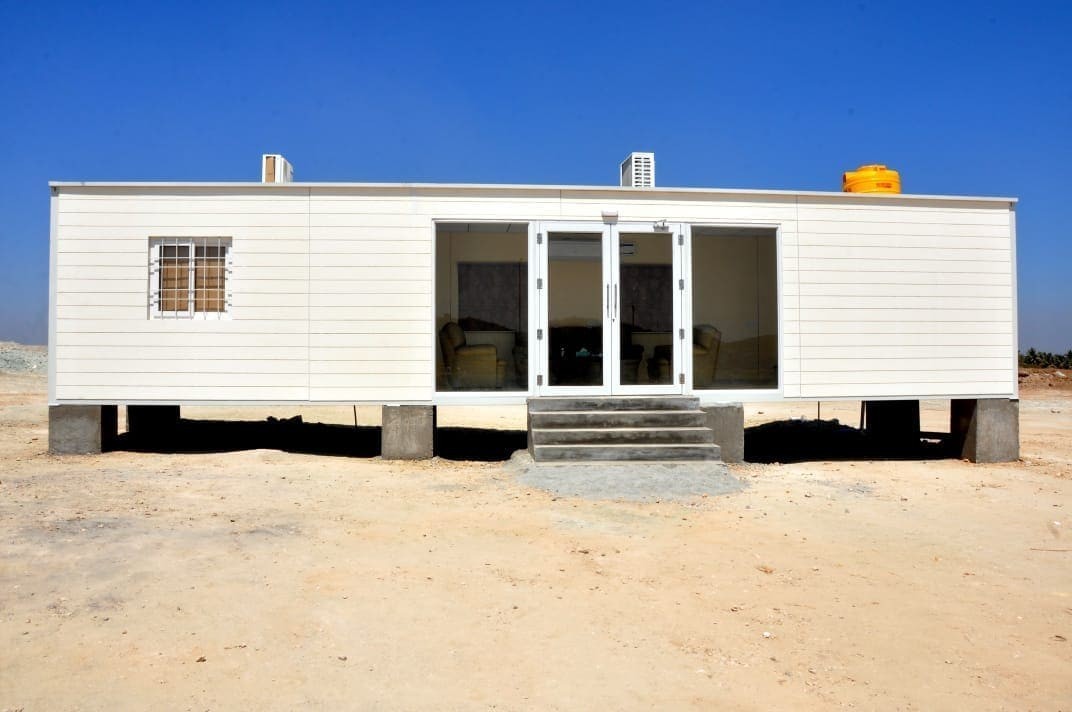
64afe3444467b.jpeg)
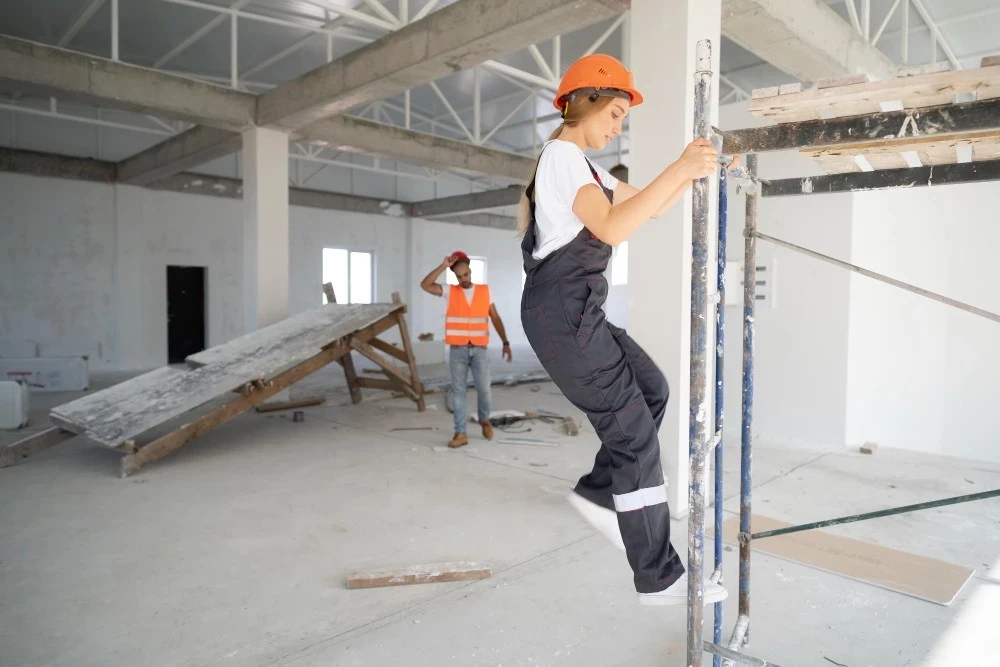
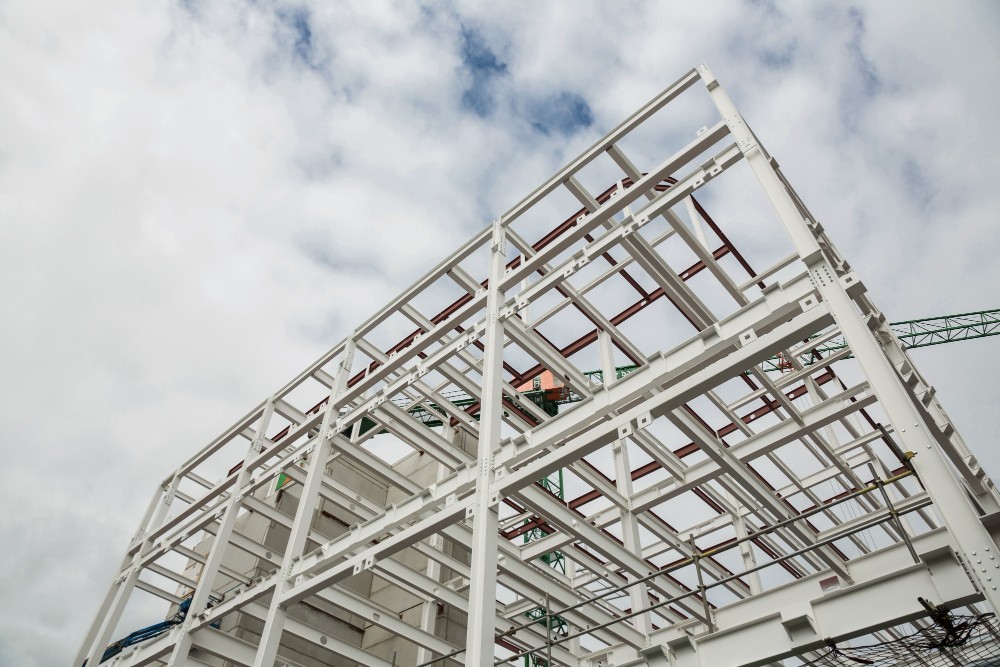
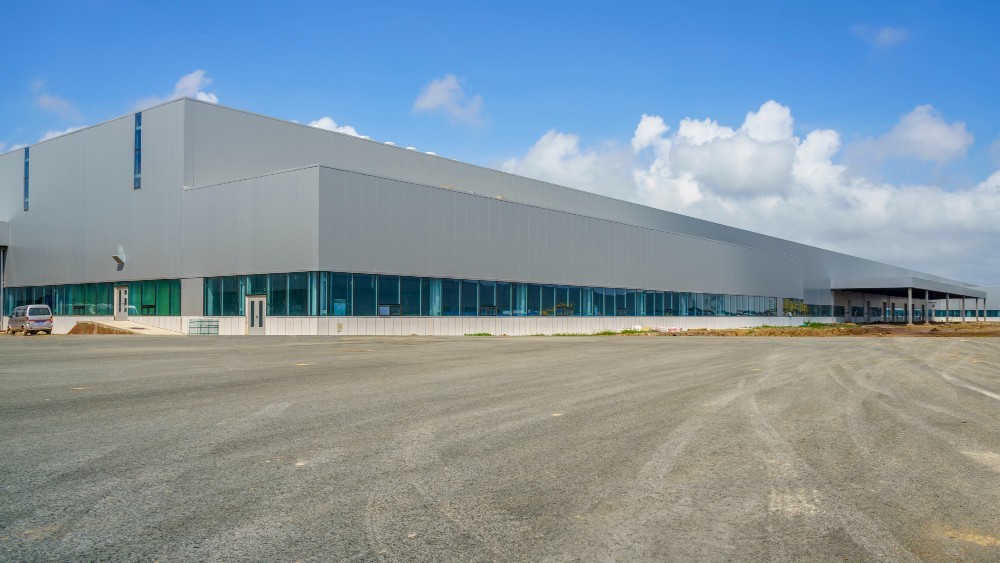
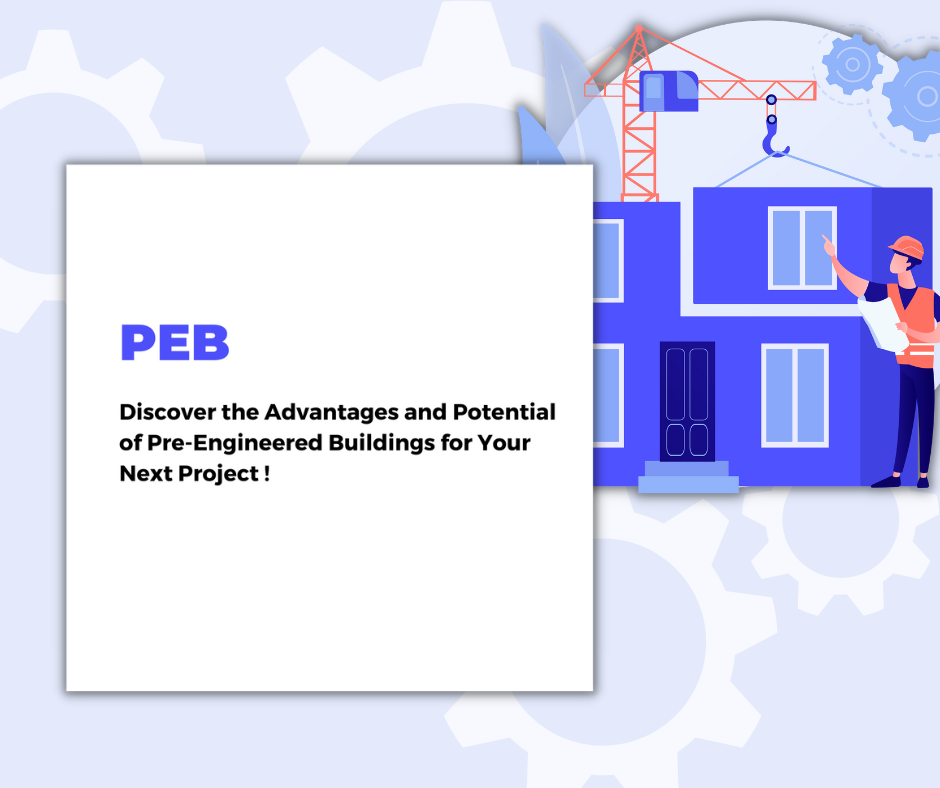
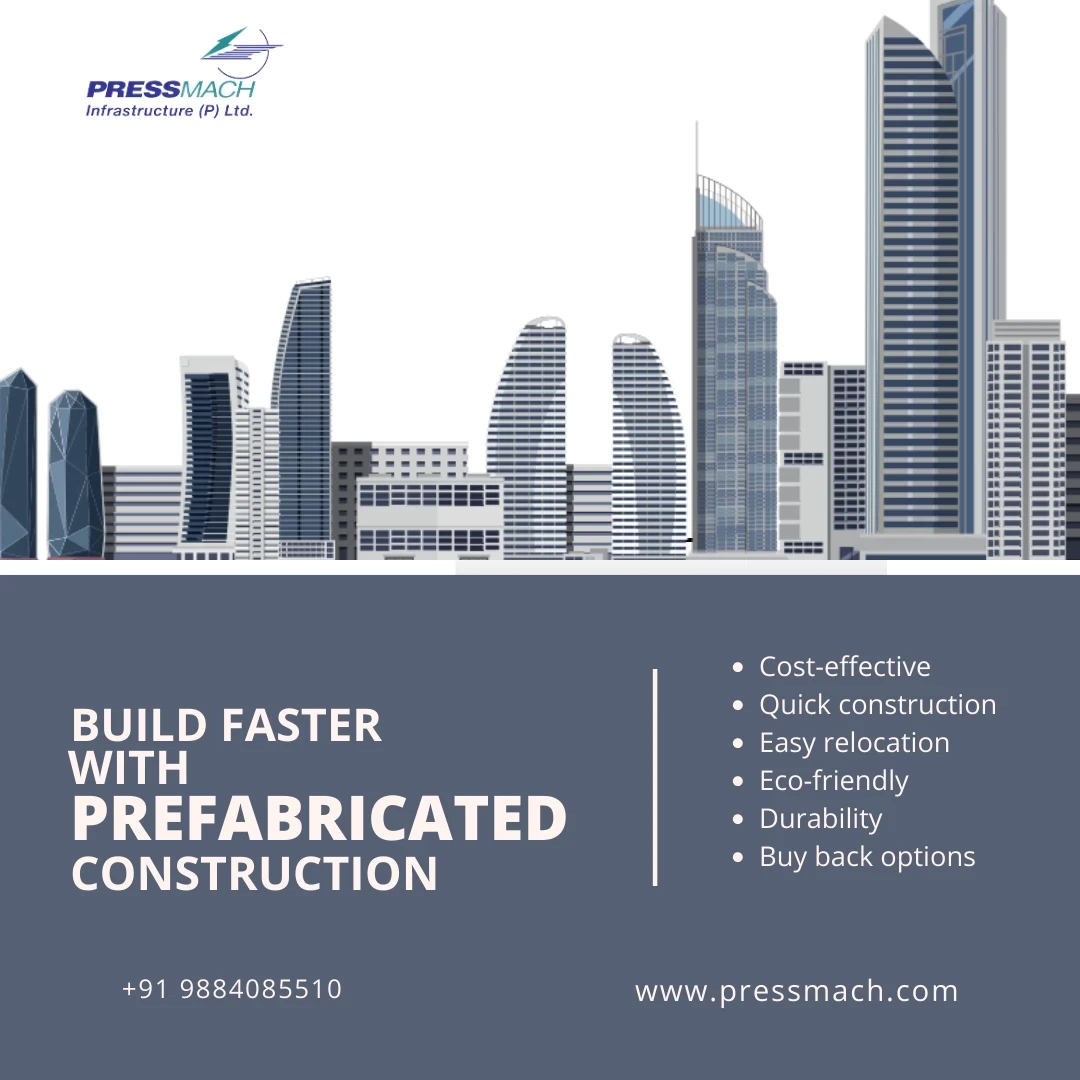
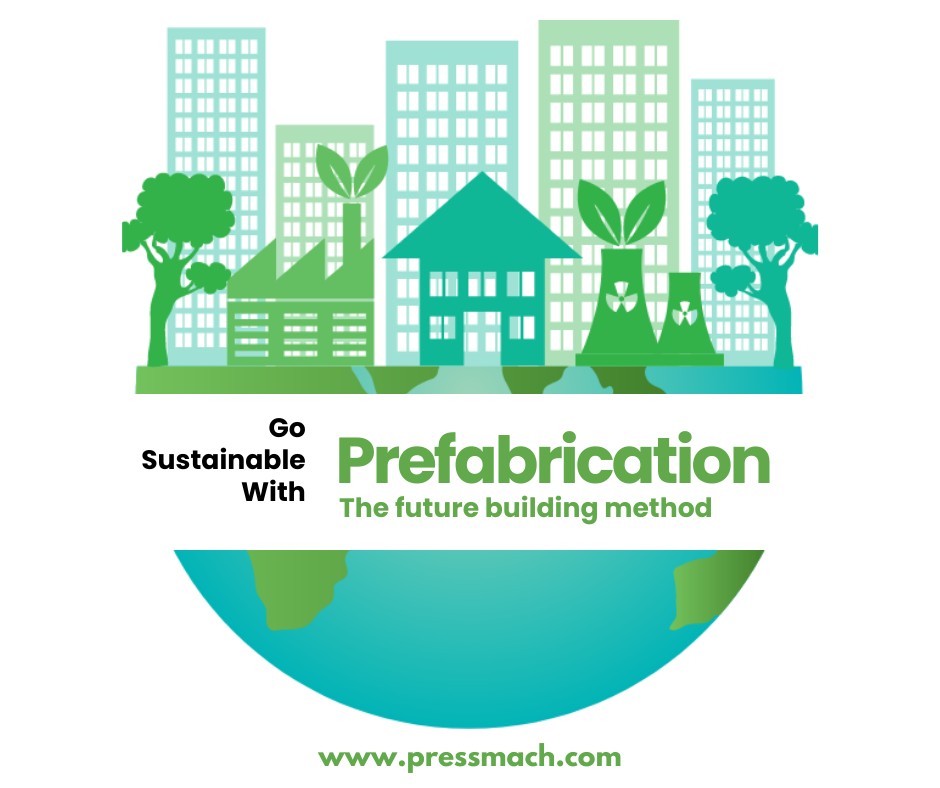
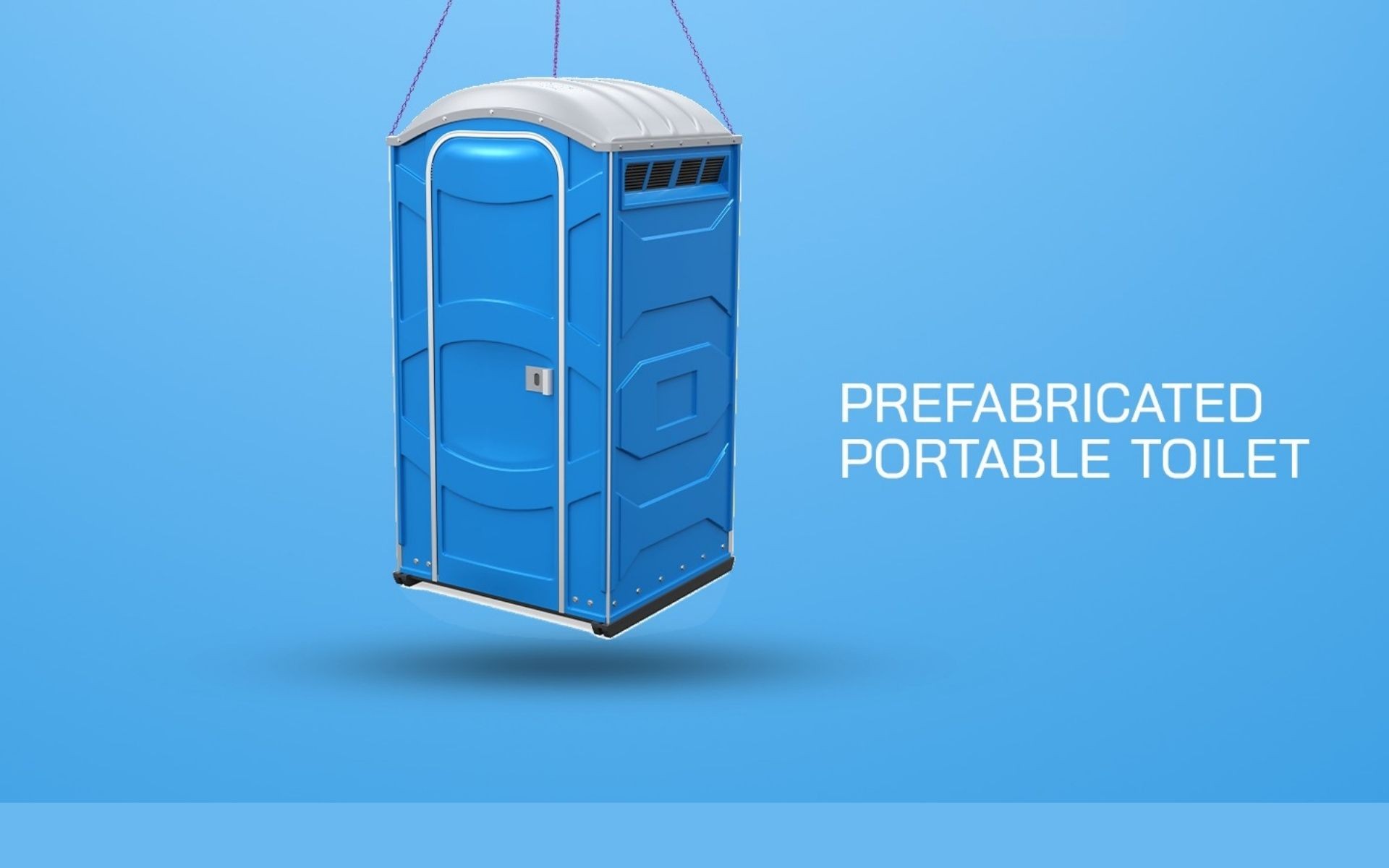

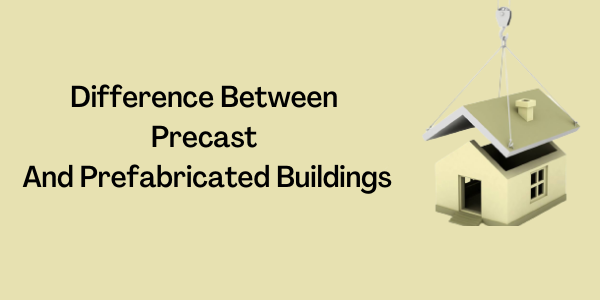


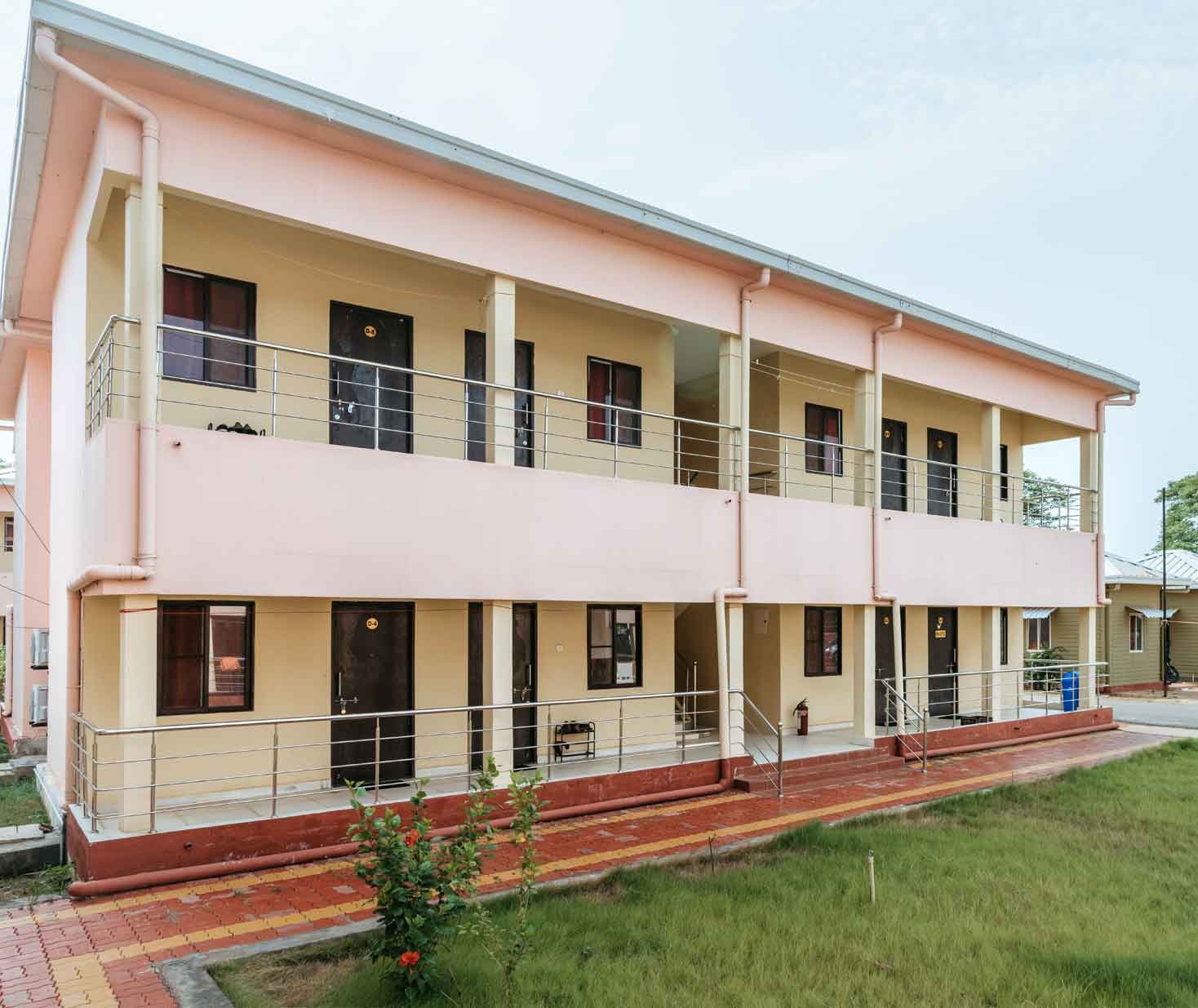
 site office front view622f00119ba65.jpg)

6349487807893.jpeg)